Best Timing for Shrubs Transplanting
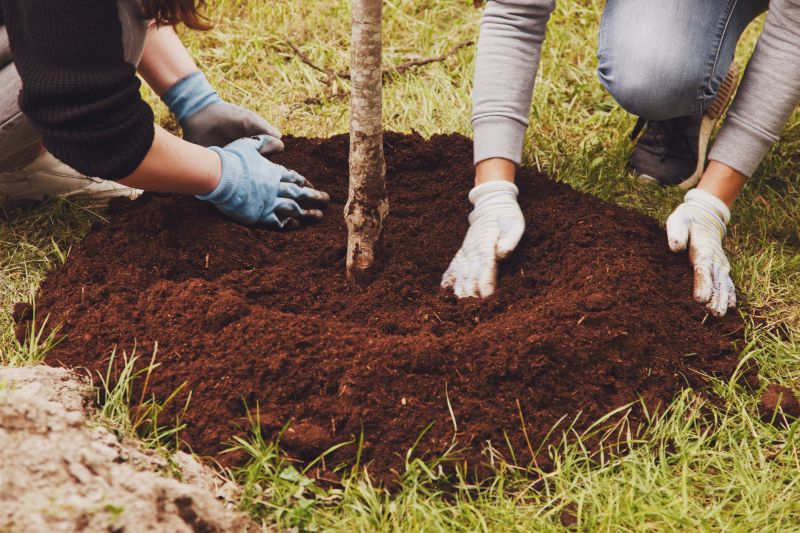
Early spring is ideal for transplanting many shrub species, allowing roots to establish before active growth begins.

Autumn offers cooler temperatures and increased moisture, reducing transplant shock and encouraging root development.

Transplanting during winter is generally discouraged due to cold stress, but in milder climates, it may be possible with proper protection.

Ways to make Shrubs Transplantings work in tight or awkward layouts.
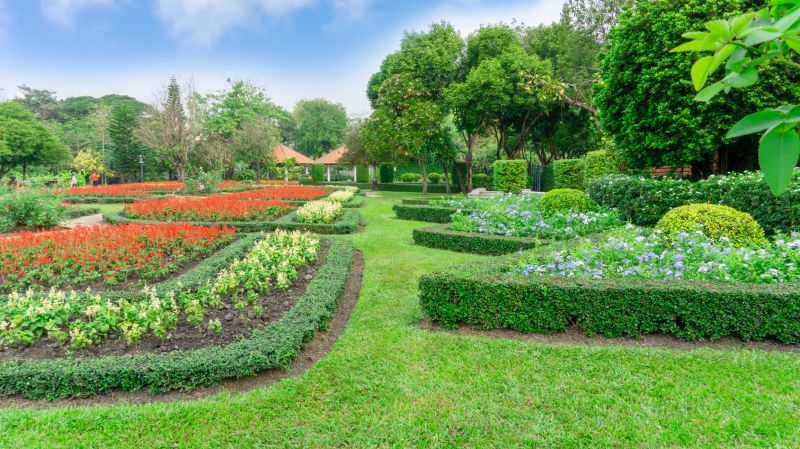
Popular materials for Shrubs Transplantings and why they hold up over time.

Simple add-ons that improve Shrubs Transplantings without blowing the budget.
Shrubs transplanting involves relocating mature or young plants to a new location. Proper timing can significantly influence survival rates and growth success. The optimal period depends on climate, shrub species, and local conditions. Typically, early spring and fall are preferred because they allow the plant to establish roots in favorable weather conditions. Transplanting during these periods minimizes stress and promotes healthy growth.
Spring and fall are the most suitable seasons for shrub transplanting due to moderate temperatures and moisture levels.
Transplanting during appropriate seasons can increase success rates by up to 80%, depending on shrub species and site conditions.
Proper root pruning, watering, and site assessment are essential steps to improve transplant outcomes.
Choosing well-drained soil and matching the shrub's growing conditions are crucial for healthy establishment.

Careful root pruning and timing are essential for mature shrub relocation.
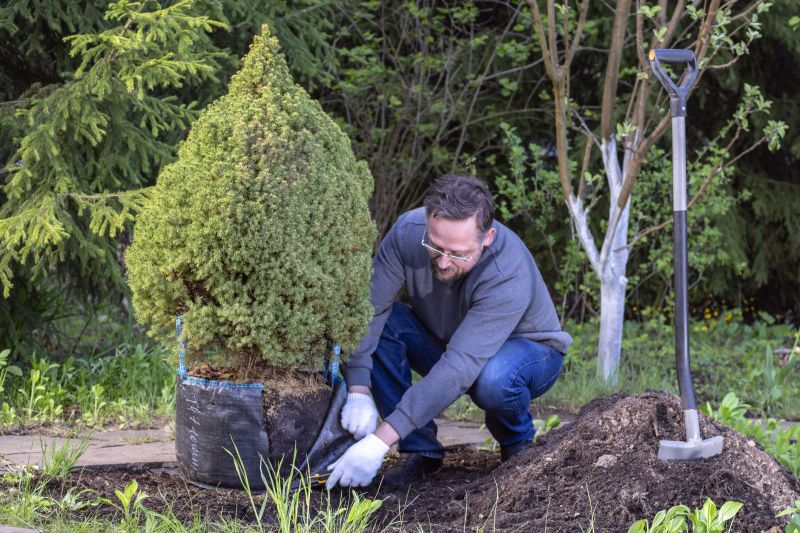
Ensure the new location has suitable soil and adequate space for growth.

Wrapping root balls helps protect roots during digging and transport.
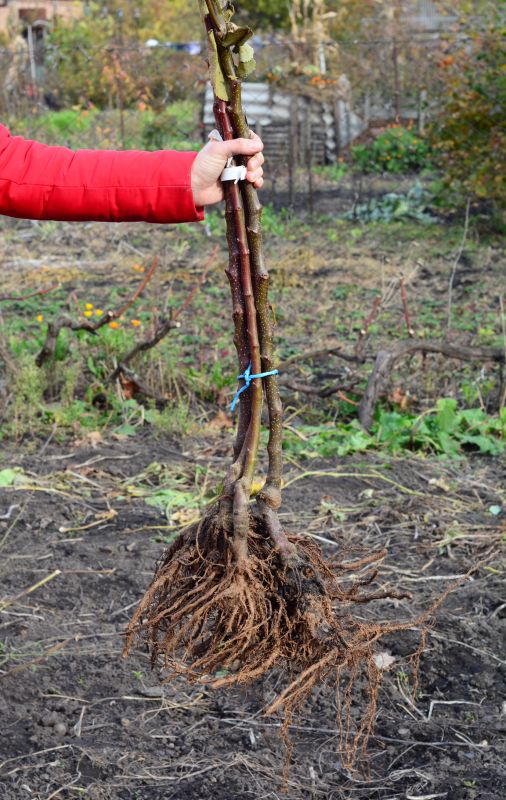
Dig around the shrub at the correct depth to preserve the root system.

Careful movement and placement are key to minimizing root damage.

Consistent watering supports root establishment and reduces stress.
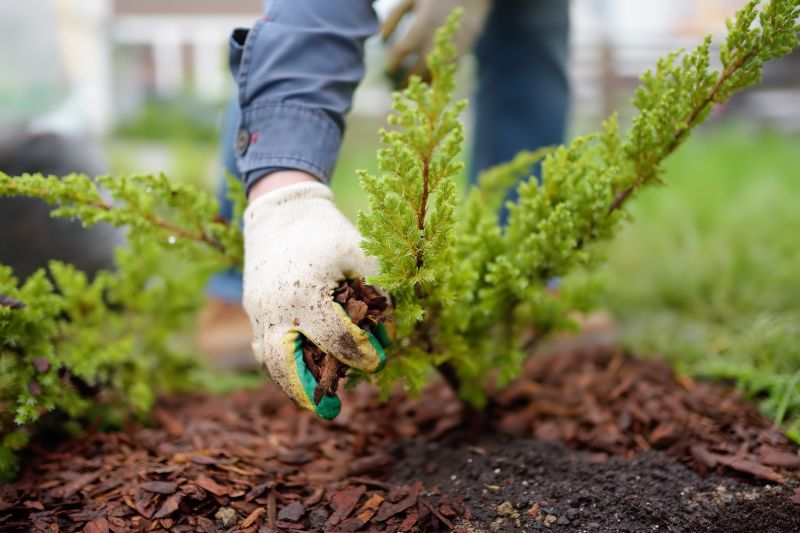
Mulch retains moisture and insulates roots during the critical establishment period.
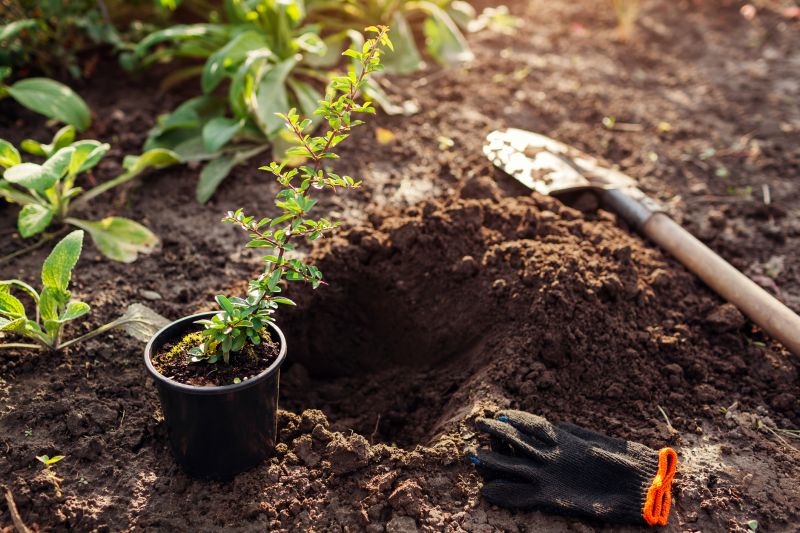
Regular assessment helps identify and address transplant shock early.
| Season | Advantages |
|---|---|
| Spring | Allows roots to establish before summer, promotes vigorous growth. |
| Fall | Provides cooler conditions and natural moisture, reduces stress. |
| Winter | Generally not recommended, except in mild climates with protection. |
| Summer | Not ideal due to high temperatures and drought stress. |
| Early Morning | Cooler temperatures reduce transplant shock. |
| Late Afternoon | Avoid midday heat to prevent dehydration. |
Understanding the best timing for shrub transplanting enhances success rates and plant health. Proper preparation, site selection, and post-transplant care are essential components of a successful relocation. Consulting with local horticultural experts can provide tailored advice based on regional climate and specific shrub varieties.

Proper digging and root handling are critical for successful shrub relocation.
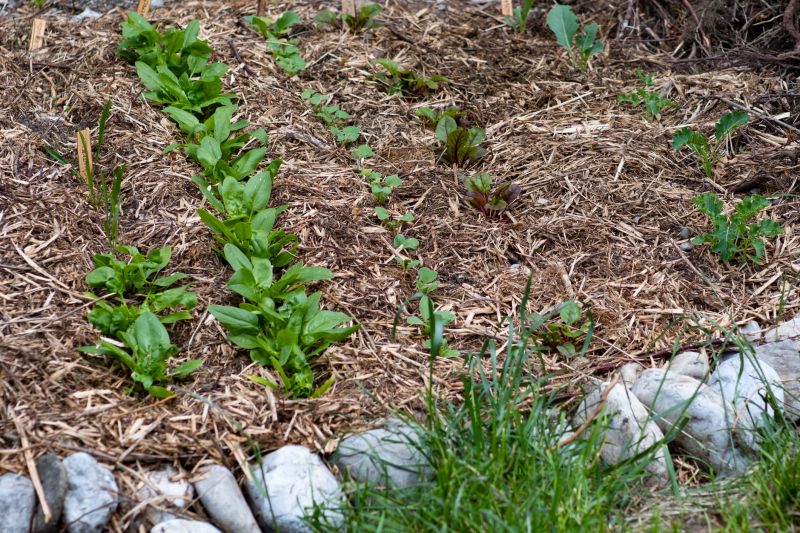
Mulching helps conserve moisture and insulate roots during recovery.

Regular checks ensure early detection of stress or disease.
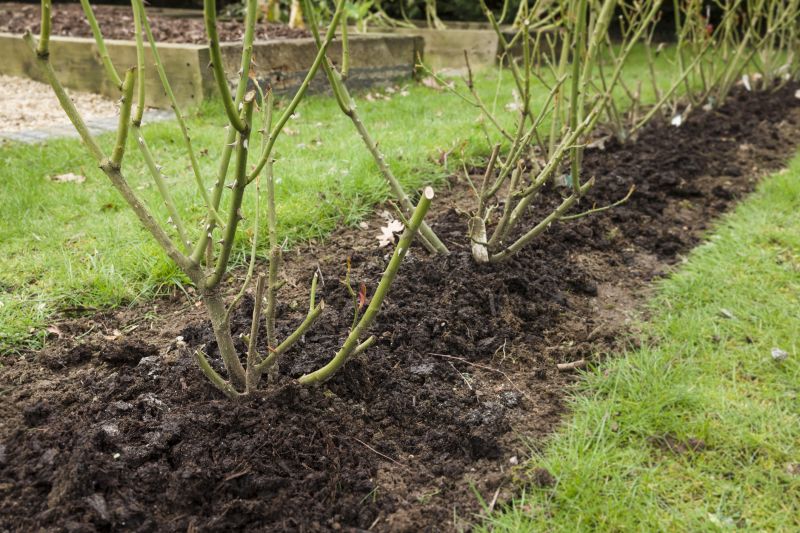
A well-developed root system is vital for shrub survival after transplanting.
For those considering shrub transplanting, timing and technique are key factors that influence success. Proper planning and execution can lead to thriving plants in their new location, ensuring long-term landscape stability and aesthetic appeal.



